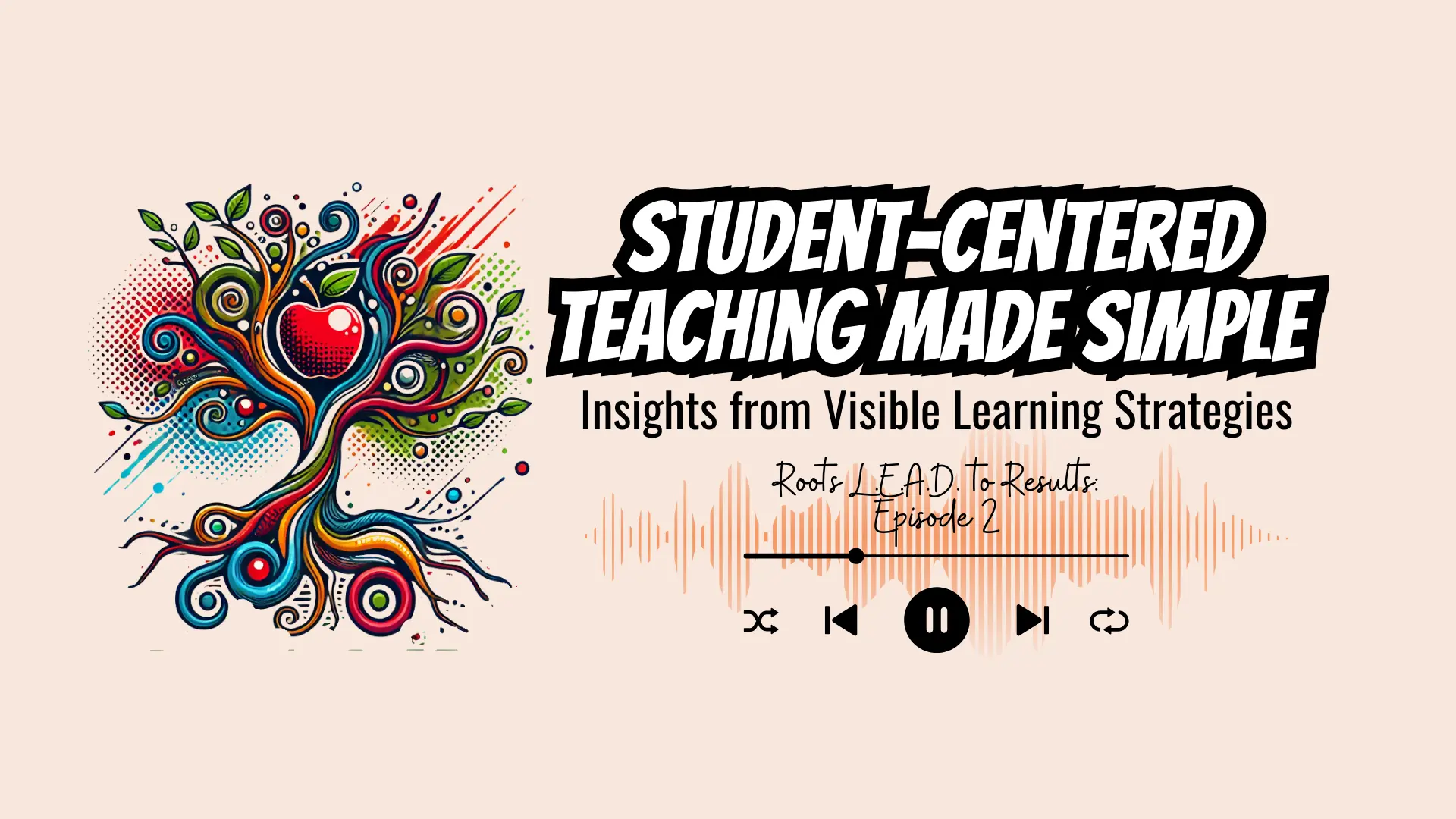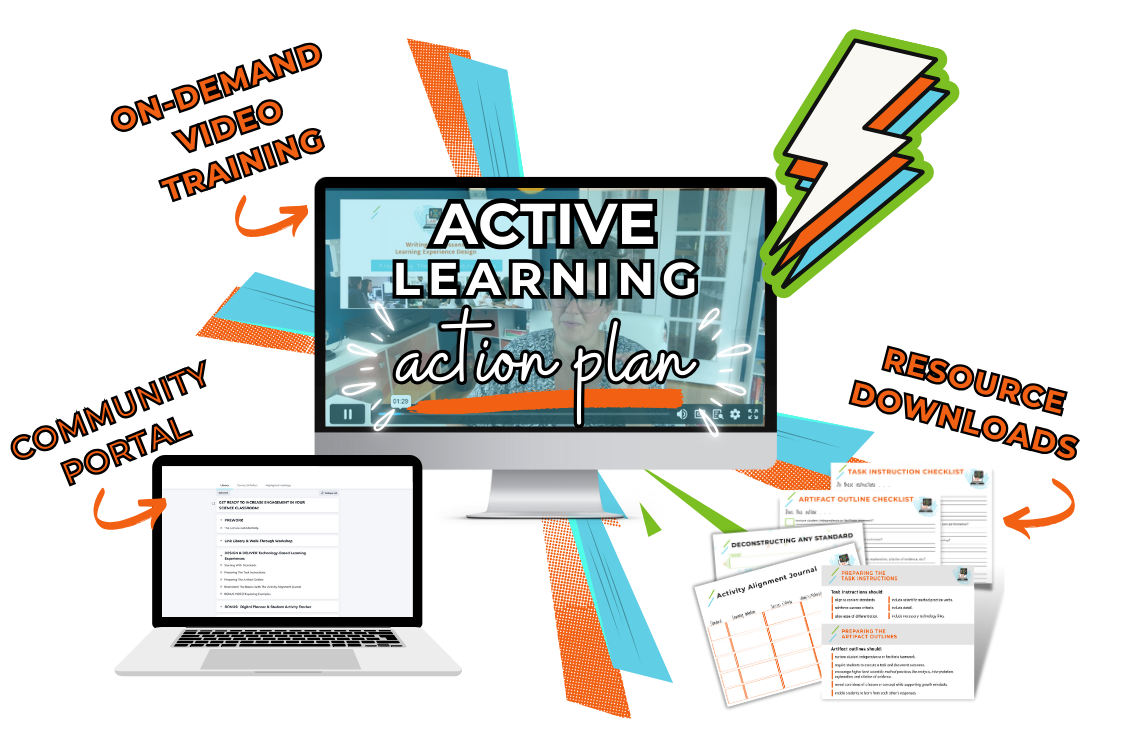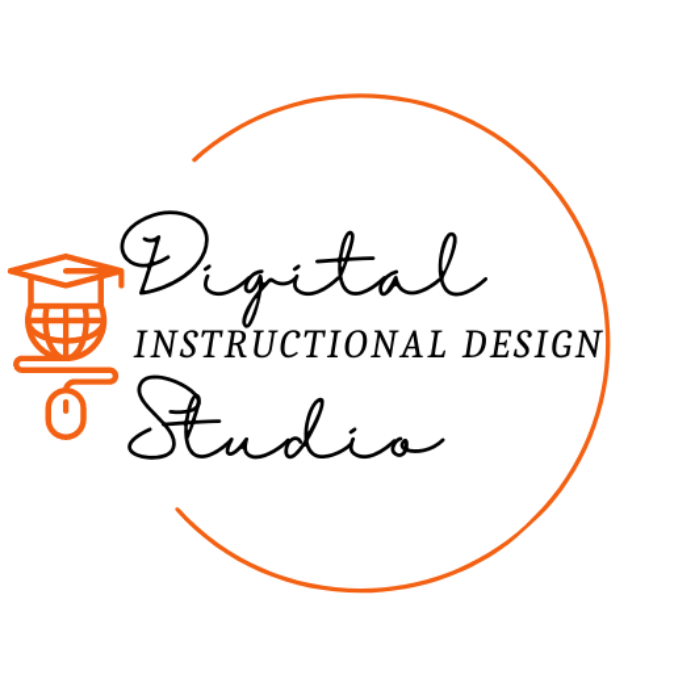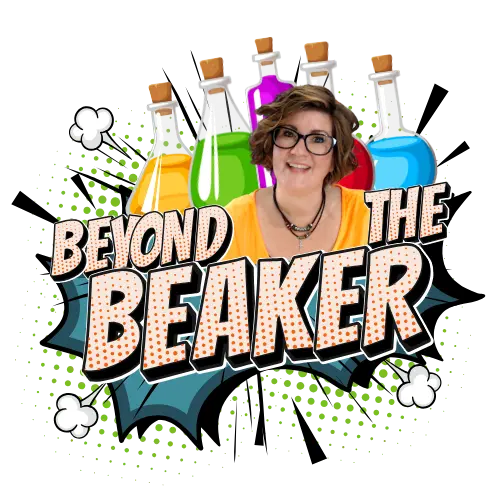<iframe title="Is Learning Visible In Your Classroom?" allowtransparency="true" height="150" width="100%" style="border: none; min-width: min(100%, 430px);height:150px;" scrolling="no" data-name="pb-iframe-player" src="https://www.podbean.com/player-v2/?i=6cmdx-105d83b-pb&from=pb6admin&share=1&download=1&rtl=0&fonts=Arial&skin=f6f6f6&font-color=auto&logo_link=episode_page&btn-skin=ff6d00" loading="lazy"></iframe>Student-centered teaching is more than a buzzword—it’s a mindset that transforms the way students engage with science. In this episode of The Student-Centered Science Teacher Podcast (now “Roots L.E.A.D. to Results“), I dive into Visible Learning by John Hattie, Douglas Fisher, and Nancy Frey to unpack strategies that truly move the needle in classrooms. While I teach chemistry, these Visible Learning strategies apply across the sciences—biology, physics, earth science, and beyond.
If you’ve ever felt frustrated by low engagement or wondered whether your instructional choices are making the kind of impact you want, you’re not alone. This recap highlights the powerful shift that happens when teachers view learning through the eyes of their students—and when students begin to see themselves as their own teachers.
Why Student-Centered Teaching Matters
When I began teaching online, I wanted to be the inquiry-based teacher I had envisioned during my certification program. But the reality? I often defaulted to direct instruction—polling students for answers, checking boxes, and hoping the data reflected learning.
It didn’t.
Participation dropped, assessment scores lagged, and I struggled to see what my students were truly capable of.
That’s when I discovered Visible Learning. On page two, the authors make a bold but simple statement:
“Classrooms where teachers see learning through the eyes of their learners—and learners see themselves as their own teachers—provide the greatest learning environments.”
That sentence changed everything for me.
It confirmed what I was already feeling: direct instruction alone wasn’t enough. If I was bored looking through my students’ eyes, I knew they were too.
Visible Learning Strategies That Shifted My Practice
The authors outline three truths about teaching:
- Some strategies harm learning.
- Some strategies make little difference.
- And some strategies have a large influence on learning.
Student-centered teaching falls into the third category—but it doesn’t happen by accident. It requires challenging tasks, intentional planning, and opportunities for students to act as their own teachers.
For me, that meant:
Reframing labs:
No longer “lab day” once a week—every lesson became a lab in miniature, with students observing, hypothesizing, and analyzing daily.
Rethinking feedback:
Instead of a red pen on homework, students began applying feedback during class to make real-time changes.
Redefining my role:
I shifted from being the sole source of knowledge to being a guide, helping students take ownership of their process.
These aren’t just ideas—they are practical, research-based strategies that lead to higher engagement, stronger relationships, and measurable growth.
Key Takeaways for Science Teachers
Challenge is essential.
Students need opportunities to wrestle with problems, not just memorize facts.
Feedback must be actionable.
Students grow when they apply feedback, not when they receive it after the fact.
Learning is a process.
From surface understanding to deep analysis to transfer—each stage matters.
Science is a “doing” subject.
When we embed inquiry and problem-solving daily, every discipline (chemistry, biology, physics, earth science) becomes more meaningful.
Call to Action
Ready to put student-centered teaching into action? Explore my Freebies Library where you’ll find practical resources for every science classroom. Each freebie is designed to make inquiry and active learning easier to implement—pick the one that fits your needs best and get started today.





